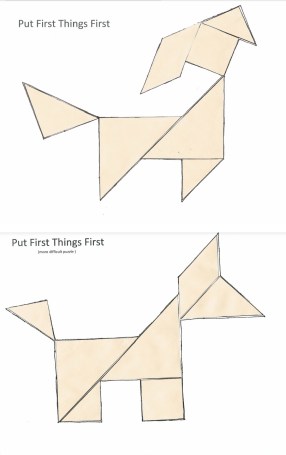During the last week of every month, there is a math education blog carnival happening somewhere in the blogosphere. This month it will happen on my blog! Why do I get to host it? I sent an email to Denise Gaskins who coordinates the carnival and requested the privilege. If you would like to host it in the future, let her know.
In the meantime, you can help me with my carnival. Math can be so much fun for kids from preschool age and even all the way up to high school. If you blog about that, I would love to include one or more of your posts in my carnival. You’ve poured your heart and soul into your posts, so why not promote it at no cost to you? Don’t be shy! I want to read it, and other people will want to read it, too.
The deadline for submitting posts to my carnival is Friday, August 24th. There is a form for you to submit a link to your post on Denise Gaskins website. Then the following week you will be able to enjoy the carnival even more because of your participation!
Now it will be my pleasure to tell you a few facts about the number 1193:
- 1193 is a prime number.
- Prime factorization: 1193 is prime.
- The exponent of prime number 1193 is 1. Adding 1 to that exponent we get (1 + 1) = 2. Therefore 1193 has exactly 2 factors.
- Factors of 1193: 1, 1193
- Factor pairs: 1193 = 1 × 1193
- 1193 has no square factors that allow its square root to be simplified. √1193 ≈ 34.53983
How do we know that 1193 is a prime number? If 1193 were not a prime number, then it would be divisible by at least one prime number less than or equal to √1193 ≈ 34.5. Since 1193 cannot be divided evenly by 2, 3, 5, 7, 11, 13, 17, 19, 23, 29 or 31, we know that 1193 is a prime number.
1193 is the sum of five consecutive prime numbers:
229 + 233 + 239 + 241 + 251 = 1193
32² + 13² = 1193
1193 is the hypotenuse of a Pythagorean triple:
832-855-1193 calculated from 2(32)(13), 32² – 13², 32² + 13²
Here’s another way we know that 1193 is a prime number: Since its last two digits divided by 4 leave a remainder of 1, and 32² + 13² = 1193 with 32 and 13 having no common prime factors, 1193 will be prime unless it is divisible by a prime number Pythagorean triple hypotenuse less than or equal to √1193 ≈ 34.5. Since 1193 is not divisible by 5, 13, 17, or 29, we know that 1193 is a prime number.






























